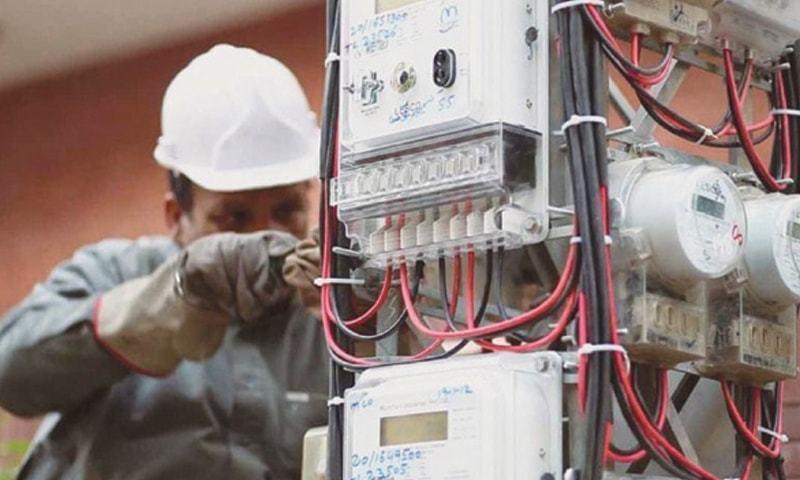India would need cumulative investments of $10.1 trillion to achieve net-zero emissions by 2070, according to an independent study released on Thursday by CEE-CEF.
The Council for Environment, Energy and Water – Centre for Energy Finance (CEEW-CEF) said these investments would help de-carbonize India’s power, industrial and transport sectors. However, the first-of-its-kind study estimated that India could face a significant investment shortfall of $3.5 trillion to achieve its net-zero target.
Hence, investment support of $1.4 trillion in the form of concessional finance would be required from developed economies to mobilize foreign capital that bridges the gap, the CEEW-CEF study ‘Investment Sizing India’s 2070 Net-Zero Target’ said.
Prime Minister Narendra Modi had announced at the recently concluded climate change summit (COP26)of India’s aim to achieve net-zero emissions by 2070. Net zero is a concept where any unit either prevents putting into or pulls out as much carbon from the atmosphere as it consumes; the unit can be a home, factory, state or a country.
It highlighted that majority of the investments would be needed to transform India’s power sector. Such investments totaling $8.4 trillion would be required to significantly scale up generation from renewable energy and associated integration, distribution and transmission infrastructure. Another $1.5 trillion would have to be invested in the industrial sector for setting up green hydrogen production capacity to advance the sector’s de-carbonization, the study added.

At COP26, India announced bold near-term and long-term climate targets. Our analysis finds that a transition to net-zero emissions would require mammoth investment support from developed countries. Developed countries must ramp up hard targets for climate finance over the coming years,” Arunabha Ghosh, CEO, CEEW, said.
Programme lead and lead author of the study, Vaibhav Pratap Singh, said, “India’s 2070 net-zero target is a bold commitment that would not only contribute to global de-carbonization efforts but would also shape how businesses and jobs of the future would look like.”
“Traditional domestic and foreign sources such as domestic banks and non-banking financial companies (NBFCs), and debt capital markets — both local and international — would not be able to fund the massive investments they themselves would need. Therefore, access to foreign capital on concessional terms would have to play a key role,” Singh added.
This study follows CEEW’s ‘Implications of a Net-zero Target for India’s Sectoral Energy Transitions and Climate Policy’ study, launched on October 12, which estimated how five key sectors would need to evolve if India were to achieve net-zero by 2070.














